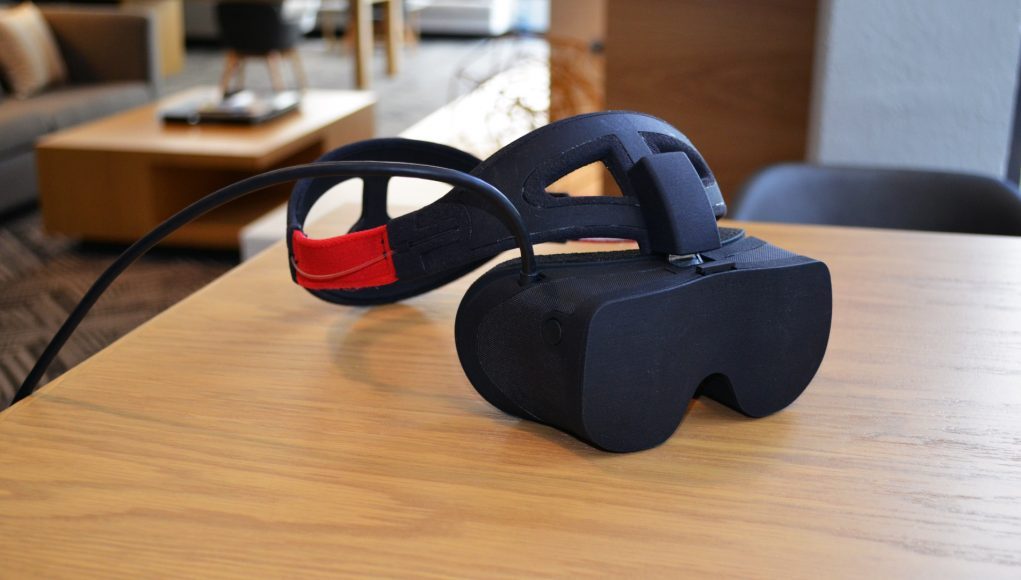Germany-based startup Vality is developing a VR headset that aims to offer near-retina resolution in a compact form-factor. This week, Road to VR got an exclusive hands-on with an early prototype of the Vality headset.
Vality wants to rewrite the definition of ‘comfort’ when it comes to VR headsets by drastically reducing size and weight while delivering ultra-high resolution.
There’s a reason that even the latest generation of mass-produced VR headsets share a similar ‘box on your face’ form-factor: the use of macro-displays and relatively simple optics require that the lenses be a certain minimum distance away from the displays in order to achieve focus. This straightforward design brings low cost and a wide field of view, but makes trade-offs in size and resolution.
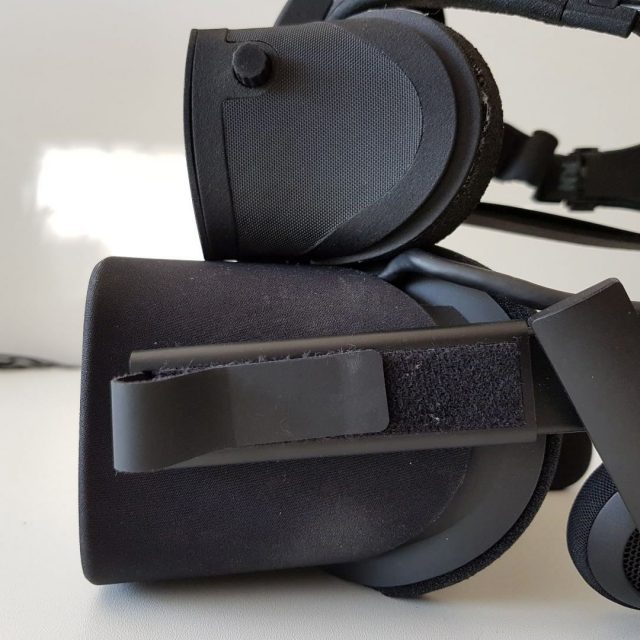
Another approach—one which Vality is taking—is to employ micro-displays with more complex, high magnification optics. Doing so allows you to shorten the optical path for a more compact form-factor, while also opening the door to ultra-high resolution thanks to the pixel density of micro-displays. The trade-offs in this case are largely the opposite of the aforementioned: cost and field of view.
Vality believes there’s a market in the enterprise space for a compact, comfortable headset with near-retinal resolution, and they’ve built a prototype to prove out their concept.
Meeting with the company in Silicon Valley this week, I got a very early look at a prototype of the Vality headset to see their approach first-hand. The company doesn’t expect to launch their initial product until Q1 2021, so this really is a prototype, and while it’s clear there’s still tuning to be done, the headset’s form-factor is certainly enviable.
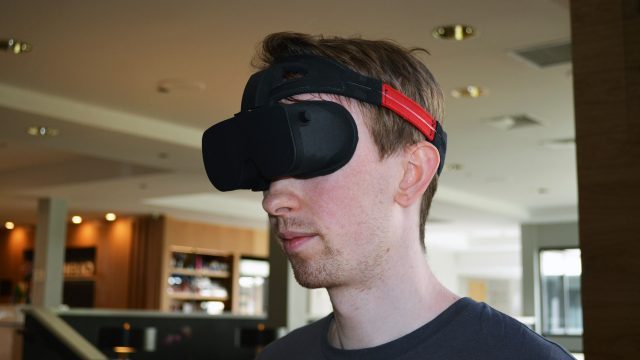
The current Vality prototype is in many ways a proof of concept, as the company plans to make a handful of improvements and add features as they refine the design. The prototype weighs in at around just 200 grams—less than half the weight of a headset like the original Rift or HTC Vive—and Vality expects the finished product could be under 150 grams.
The Vality prototype presently offers just 3DOF tracking, but the company plans for full 6DOF tracking with an inside-out solution that’s in the works. The company also confirmed development of controllers for the headset, but wasn’t ready to show them.
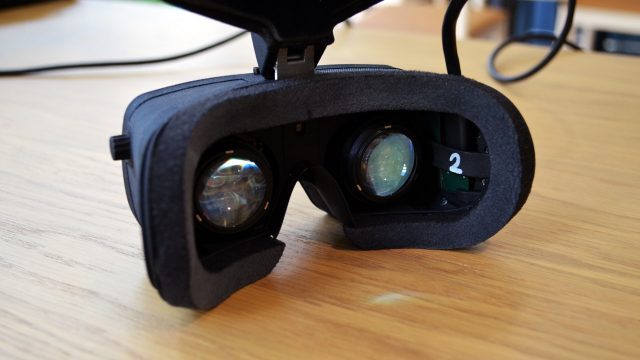
The prototype uses a pair of 2K × 2K micro-displays which, across its 80 × 80 degree field of view, offers 36 PPD (pixels per degree) in the center of the view. In the final version the company plans to use higher resolution displays and a slightly wider field of view (85 × 85 degrees or so) and ultimately land at 46 PPD.
This is very high pixel density—roughly twice as much as something like HP Reverb—but not quite ‘retinal resolution’ (which would mean enough pixel density to meet or exceed the resolving power of the human eye). Vality says the headset will be “close to retinal resolution,” which they define as around 60 PPD.
Indeed, the view through the headset is impressively sharp. Despite some understandable issues still to be dealt with as the prototype is refined, it was plain to see that resolution is the headset’s greatest asset next to its compact size. Peering through the lenses, I was also impressed with the size of the sweet spot which seemed to be sharp across the vast majority of the field of view, whereas for many other headsets things start to blur not far from the center of the lens.
The image also seemed to be particularly bright. Vality didn’t want to say much about their compact multi-element lenses, but did say that they were very efficient in terms of light transmission compared to the ‘pancake’ lens approach which is sometimes used in conjunction with micro-displays. However, the company hasn’t yet implemented low-persistence on the headset (which reduces motion-blur by pulsing the backlight), which would have an impact on the final brightness of the image. While the prototype is currently running at 60Hz (which likely also contributed to the brightness), the final version of the headset is expected to run at 90Hz or 120Hz. Without knowing the specs of the final display and not seeing the headset with low-persistence or at full refresh rate, we can’t be sure if the finished product will have an edge on brightness over other headsets or not.
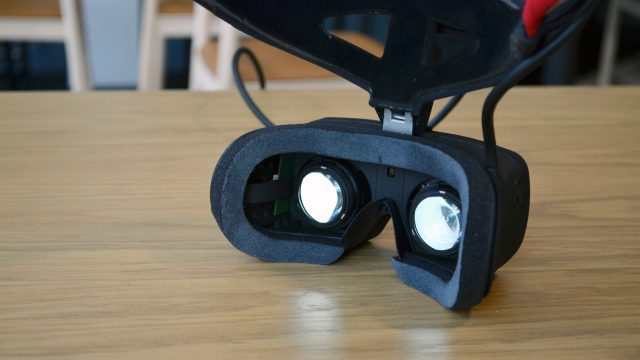
Of course, the compact size and ultra-high resolution bump up against the field of view limitations that seem to come with all headsets that use this particular optical pipeline. When putting on the headset, the field of view definitely has a swimming-goggles feel to it, and though the company expects to deliver a slightly larger 85 × 85 degree field of view in the finished product, it’s still going to be a notable reduction compared to the larger ski-google feel of the bulkier class of headsets.
For that reason, Vality’s headset is likely going to be best suited for experiences where high pixel density is more important than high immersion. That could make it best for certain types of training and simulators where being able to read small text and see distant objects and landscapes is important.
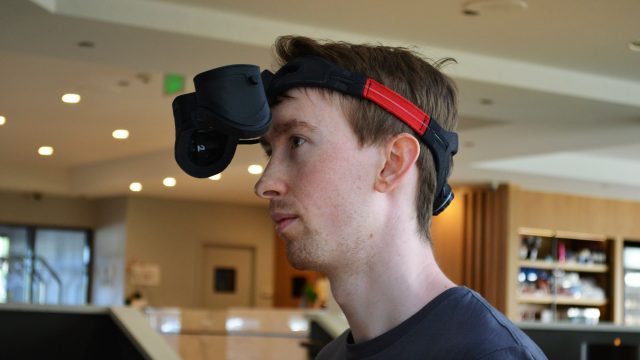
Indeed, Vality is building its headset primarily for enterprise. And while the consumer segment isn’t a focus at present, the company expects the finished version to cost around $1,000, which is not outside of the high-end enthusiast class like Valve Index and Vive Pro.
In addition to tethered PC functionality, Vality also plans to offer an SKU including a mobile ‘belt-pack’, which would pair the headset with a mobile compute package similar to Magic Leap. The company believes that the mobile version will appeal to different use-cases (especially training) than the PC tethered version. Both versions are planned to use the same headset and connect with a VirtualLink adapter.
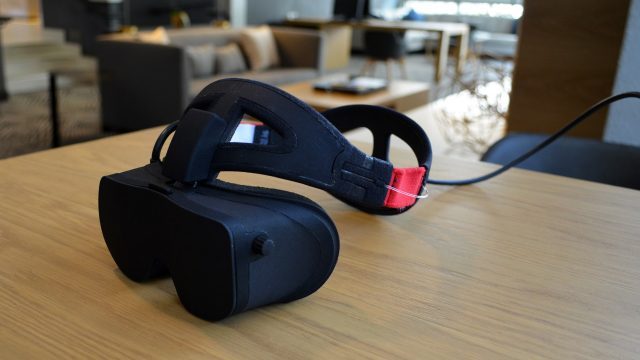
Vality wants to do more than just ship a headset though. The company said they want to deliver an enterprise app platform for VR too, making it easy for businesses to find quality VR applications for the headset, though they didn’t offer much detail on those plans at this time.
– – — – –
This early glimpse of the Vality prototype shows that the company is serious about their vision for the headset and their belief that there’s demand in the enterprise space for a VR headset which offers a compact form-factor and ultra-high resolution, even if it means a less immersive field of view.
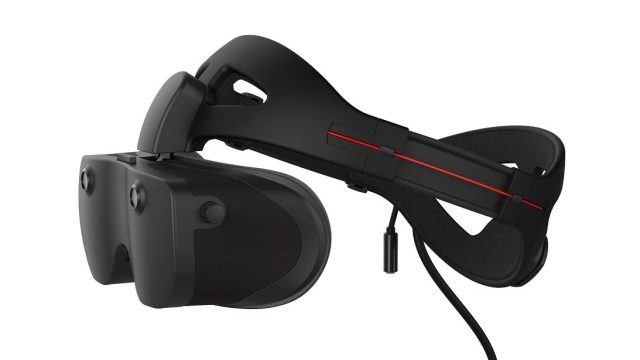
With the finished version not expected until Q1 2021, they’re also giving themselves a reasonable timeline to continue honing the prototype into the product they ultimately expect to deliver. We’ll be keeping a close eye on the development of the Vality headset to see how key elements come together, including inside-out 6DOF tracking, controllers, and the final displays and optics.

